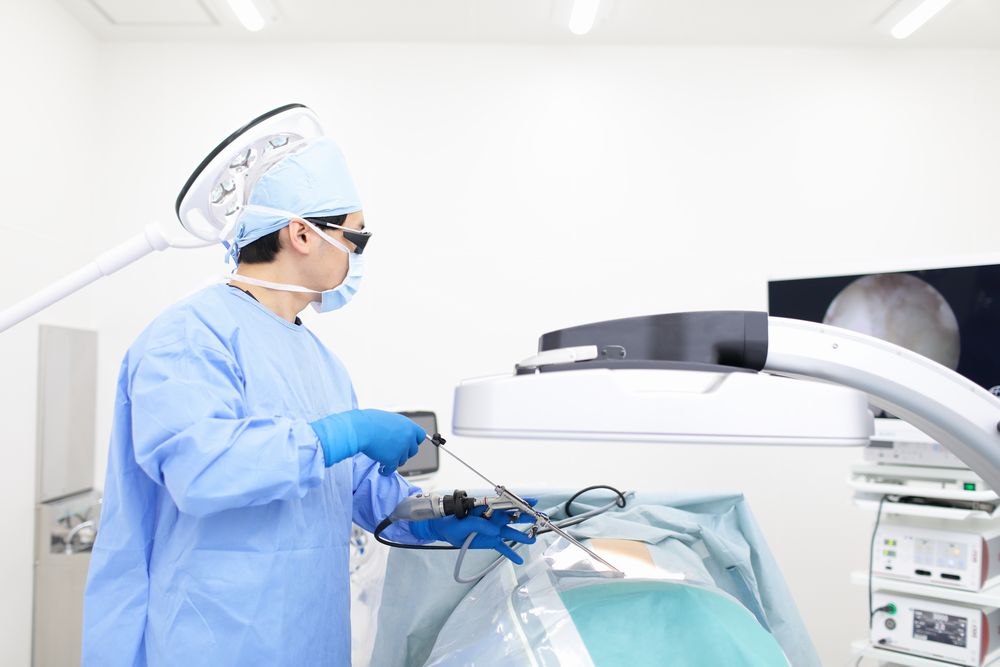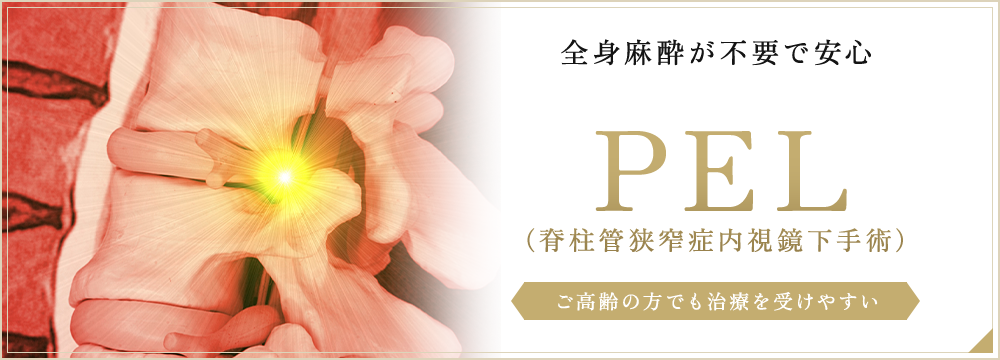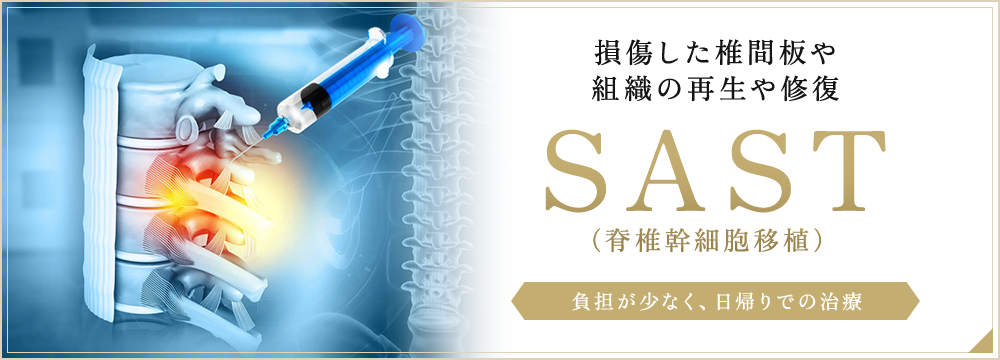
Lumbar spondylolisthesis occurs when one of the lumbar vertebrae (the lower part of the spine) slips forward, putting pressure on nearby nerves and causing lower back pain or numbness in the legs.
Treatment typically begins with non-surgical (conservative) approaches such as medication, but surgery may be considered depending on the severity of symptoms and their impact on daily activities.
Since all surgical procedures carry some degree of risk, it is important to understand the various surgical options, their benefits, and their potential risks before choosing the treatment that best fits your condition.
<Director Profile>

Satoshi Tanaka
Director of Omotesando General Medical Clinic
My name is Dr. Satoshi Tanaka, and I am the Director of Omotesando General Medical Clinic.We are proud to open a new medical facility in the heart of Tokyo, dedicated to providing advanced and regenerative treatments for a wide range of conditions, including cancer, spinal disorders, and chronic pain. Our goal is to deliver personalized care using the latest medical technologies and approaches.
If you have not found relief through standard cancer treatments, are struggling with ongoing symptoms, or are living with chronic pain that impacts your quality of life, we encourage you to reach out. Our team is here to listen, support, and offer new possibilities for your care.
While we provide highly specialized medical services, we strive to maintain a welcoming and open environment where every patient feels comfortable and cared for.
We look forward to the opportunity to support your health and well-being.
◆Contents
1. Types of Treatment for Lumbar Spondylolisthesis
2. Benefits of Surgery for Lumbar Spondylolisthesis
3. Possible Risks and Postoperative Effects
4. Minimally Invasive Options Without Fusion
5. Same-Day Endoscopic Procedures at Our Clinic
6. Summary
┃1. Types of Treatment for Lumbar Spondylolisthesis

Treatment can be broadly divided into conservative (non-surgical) and surgical methods.
In most cases, conservative therapy is tried first, and surgery is only considered if symptoms persist.
<Conservative therapy>
Conservative treatment aims to relieve pain and inflammation without surgery. The main approaches include:
【Medication therapy】
Pain relievers and anti-inflammatory drugs are prescribed to reduce pain and swelling.
Muscle relaxants may also be used to ease muscle tension.
Topical medications such as patches or creams may be added as needed.
【Physical therapy】
Stretching and core-strengthening exercises help stabilize the lower back and reduce symptoms.
However, some patients may need rest, so all exercises should be done under the guidance of a physician or physical therapist.
【Orthotic therapy】
Wearing a corset or support belt helps stabilize the lumbar spine.
【Nerve block injections】
For severe pain, local anesthetics are injected near the affected nerves to relieve discomfort.
<Surgery>
Surgery may be considered when conservative treatment is ineffective or when neurological symptoms worsen.
The two main types of surgery are decompression and fusion.
【Decompression surgery】
This procedure removes bone or ligament tissue compressing the nerves. It may be performed either partially or over a broader area.
Wider decompression allows treatment of more severe cases but involves greater surgical stress and higher risk of complications or infection.
Partial decompression may not be suitable for severe instability but can often be performed endoscopically with minimal incisions.
Because endoscopic surgery requires only a small cut, recovery tends to be faster and patients can return to daily life sooner.
【Fusion surgery】
After decompression, metal screws and rods are inserted to stabilize the slipped vertebrae.
Fusion surgery is effective for severe instability but requires a larger incision, resulting in a greater physical burden and a longer hospital stay.
In some cases, spinal mobility may be restricted after surgery.
┃2. Benefits of Surgery for Lumbar Spondylolisthesis
Surgery can relieve the main cause of pain—nerve compression.
Even if conservative therapy fails to sufficiently reduce pain or numbness, symptoms may improve after surgery.
In cases of pronounced neurological symptoms—such as weakness in the legs or difficulty with urination or defecation—early surgical consideration may be necessary.
For severe cases where pain and numbness make walking difficult, successful surgery can improve mobility and enhance quality of life.
┃3. Possible Risks and Postoperative Effects
All surgeries involve some risks. Below are common complications that may occur after surgery for lumbar spondylolisthesis.
<Residual symptoms>
If nerves have been compressed for an extended period, they may already be damaged.
In such cases, symptoms may not fully disappear even after decompression.
Recently, regenerative medicine has been introduced as a supplementary treatment to promote nerve recovery after surgery.
<Recurrence>
Symptoms may return months or years after surgery. Common causes include
- Incomplete decompression
- Loosening or displacement of screws
- Adjacent segment disease (new nerve compression above or below the fused segment)
<Postoperative complications>
In rare cases, patients may experience persistent pain or numbness known as Failed Back Surgery Syndrome (FBSS).
This condition may be caused by factors such as nerve scarring, tissue adhesion, or psychological stress.
Larger or more invasive procedures tend to increase this risk.
┃4. Minimally Invasive Options Without Fusion
Traditional surgery for spondylolisthesis often involved bone removal and spinal fusion with screws, requiring long hospital stays.
Today, for mild to moderate cases without major instability, endoscopic decompression without fusion has become an available option.
| Endoscopic Surgery | Fusion Surgery | |
|---|---|---|
| Incision size | About 7 mm | About 7–10 cm |
| Anesthesia | Local anesthesia | General anesthesia |
| Indication | Mild to moderate cases | Severe or unstable cases |
| Hospital stay | Same-day to several days | About 10 days |
Endoscopic surgery requires only a ~7 mm incision and removes minimal tissue, reducing the strain on the body.
Compared with fusion, recovery is generally faster, allowing patients to return to daily activities or work sooner.
However, for severe instability where vertebrae move excessively with posture or motion, fusion may still be necessary.
A detailed evaluation is essential to determine the most appropriate surgical approach.
┃5. Same-Day Endoscopic Procedures at Our Clinic

Our clinic provides minimally invasive endoscopic spine surgery combined with regenerative therapies that promote nerve healing, all available as same-day procedures.
<PEL (Percutaneous Endoscopic Lumbar Surgery)>
A minimally invasive decompression performed through a 7–8 mm incision under local anesthesia.
A thin endoscope is inserted into the spinal canal, allowing the surgeon to operate while viewing the area in real time on a monitor.
>>Learn more about PEL(Japanese)
<SAST (Autologous Adipose-Derived Stem Cell Transplantation)>
This regenerative therapy involves harvesting fat-derived stem cells from the patient’s own body, culturing them, and transplanting them into damaged areas such as the intervertebral disc or vertebral bone to promote tissue repair.
Since the patient’s own cells are used, the risk of rejection is low.
>>Learn more about SAST(Japanese)
<PRP Therapy (Platelet-Rich Plasma)>
A small amount of the patient’s blood is drawn, and the platelets are concentrated and injected into the affected area.
Growth factors contained in the platelets help stimulate tissue repair and healing.
All same-day surgeries, stem cell treatments, and PRP therapies at our clinic are self-funded (not covered by insurance).
Because regenerative medicine is a relatively new field, long-term data on its safety and effectiveness remain limited.
Results may vary depending on each patient’s natural healing capacity.
>>Learn more about PRP Therapy(Japanese)
┃6. Summary
Surgery for lumbar spondylolisthesis is an effective option when conservative therapy does not provide sufficient relief or when severe symptoms persist.
For patients without major spinal instability, minimally invasive endoscopic decompression can be a suitable alternative to traditional fusion surgery.
At our clinic, we offer same-day endoscopic procedures combined with regenerative treatments to support faster recovery.
We provide treatment options tailored to each patient’s condition and preferences—please feel free to consult us for personalized care.










 東京メトロ
東京メトロ クリニック前にパーキング
クリニック前にパーキング


